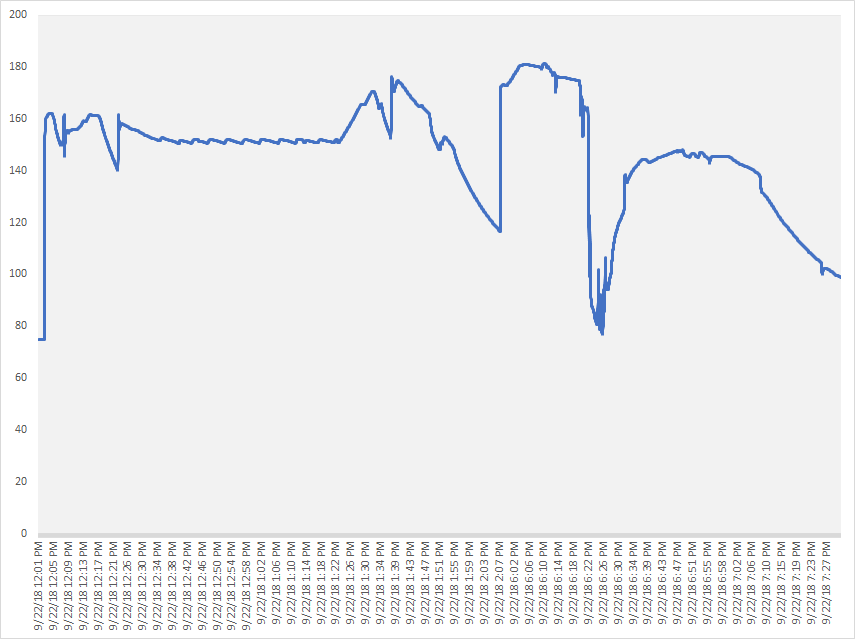Hi @GParkins,The last thing I did was to plug the power cord in and start running some continuity checks for ground. I clipped one test lead to a door latch, and started probing around. i was most concerned about the kettles, but they have 0Ω resistance to the latch. Same with everything I checked, except...
I'm going to have to run a bunch of green jumpers all over the place to ground the rack. It has these stupid little plastic wedges that set the shelf height. Unfortunately, the manufacturer didn't have the common damn courtesy to use conductive wedges, so now I have to run jumpers to each leg and to each shelf. I may cheat and just drill and tap the legs, and use a nut/bolt/fender washer clamp for the shelves. Tacky and ugly, but effective. And better than flopping around on the garage floor, wishing I could administer an AED to myself.
Curious if you have any pictures of how you grounded your wire shelves. I'm planning on using a wire shelving unit as you did, and they all seem to come with the same plastic sleeves, isolating each shelf and leg. Some conductive shelf sleeves exist, but they're pretty expensive and hard to get. My thought is similar to the one you described here--drilling into each leg and tying a ground wire to each shelf. Ugly, yes, but better than the alternative.
Thanks,
-Adam





